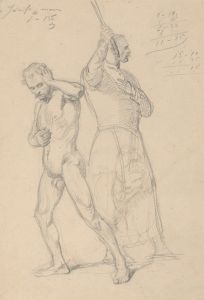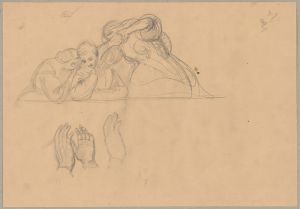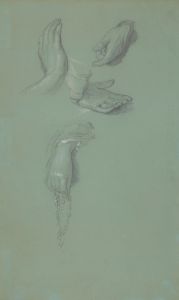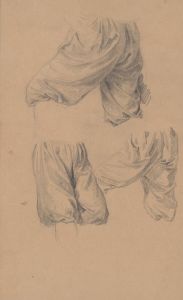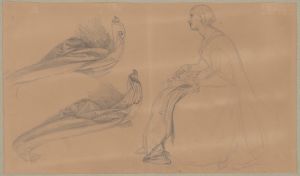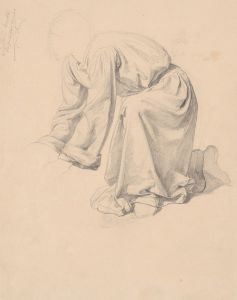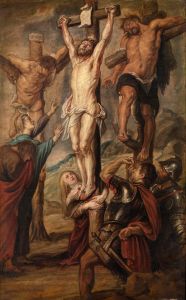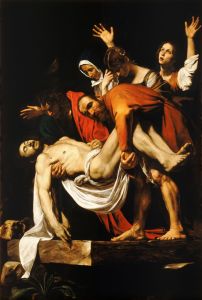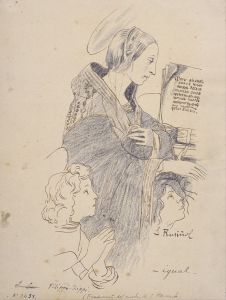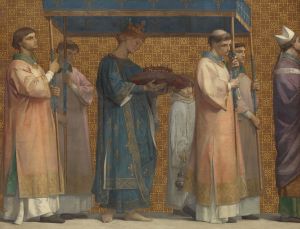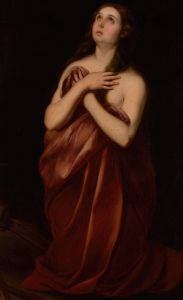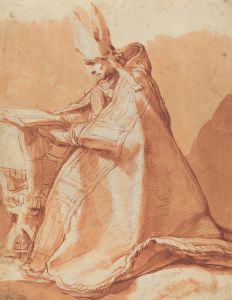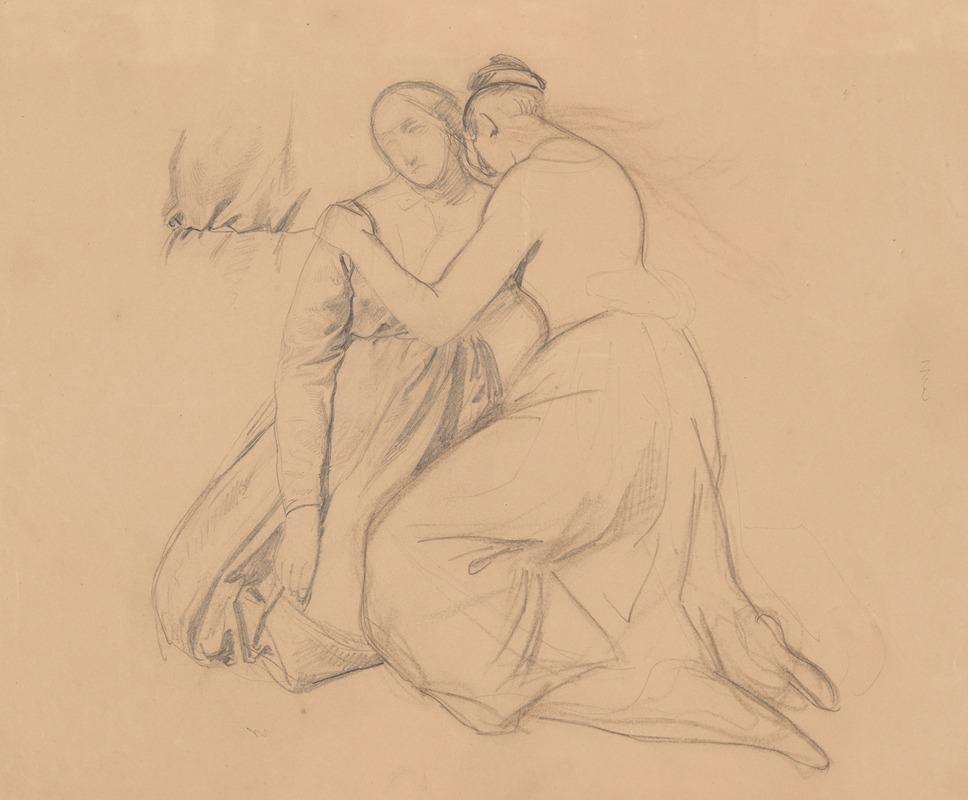
Study of the figure to the group of the Virgin Mary and Mary Magdalene to the painting ‘Entombment’
A hand-painted replica of Józef Simmler’s masterpiece Study of the figure to the group of the Virgin Mary and Mary Magdalene to the painting ‘Entombment’, meticulously crafted by professional artists to capture the true essence of the original. Each piece is created with museum-quality canvas and rare mineral pigments, carefully painted by experienced artists with delicate brushstrokes and rich, layered colors to perfectly recreate the texture of the original artwork. Unlike machine-printed reproductions, this hand-painted version brings the painting to life, infused with the artist’s emotions and skill in every stroke. Whether for personal collection or home decoration, it instantly elevates the artistic atmosphere of any space.
Józef Simmler, a prominent Polish painter of the 19th century, is known for his historical and religious paintings, which often reflect a deep sense of realism and emotional depth. One of his notable works is the painting titled "Entombment," which depicts the somber and poignant moment of Christ's burial. Within this larger composition, Simmler created a study focusing on the figures of the Virgin Mary and Mary Magdalene, capturing their grief and devotion in the aftermath of the Crucifixion.
Simmler was born in 1823 in Warsaw, Poland, and studied art in various European cities, including Dresden, Munich, and Paris. His education and exposure to different artistic styles and techniques greatly influenced his work, allowing him to develop a unique style characterized by meticulous attention to detail and a strong narrative quality. Simmler's works often explore themes of Polish history and religious subjects, reflecting the cultural and national identity of Poland during a time of political upheaval.
The "Entombment" painting, completed in 1859, is one of Simmler's masterpieces and is housed in the National Museum in Warsaw. This work is a testament to his skill in portraying complex human emotions and interactions. The study of the Virgin Mary and Mary Magdalene is a preparatory work that highlights Simmler's dedication to capturing the essence of his subjects. In this study, he focuses on the expressions and body language of the two women, emphasizing their sorrow and the profound sense of loss they experience.
The Virgin Mary is often depicted in religious art as a symbol of maternal grief and compassion. In Simmler's study, she is portrayed with a serene yet sorrowful expression, embodying the pain of a mother who has lost her son. Mary Magdalene, on the other hand, is shown with a more intense and emotional demeanor, reflecting her deep devotion and love for Christ. The contrast between the two figures adds depth to the composition, highlighting the different ways in which individuals cope with grief and loss.
Simmler's attention to detail is evident in the delicate rendering of the figures' clothing and the subtle play of light and shadow, which adds a sense of realism and immediacy to the scene. His use of color and composition draws the viewer's eye to the central figures, creating a focal point that emphasizes their emotional state.
The study of the Virgin Mary and Mary Magdalene serves as a crucial element in the overall composition of the "Entombment" painting, providing insight into Simmler's artistic process and his ability to convey complex emotions through his art. This work not only showcases his technical skill but also his deep understanding of human emotion and the power of religious narrative.
Józef Simmler's contributions to Polish art are significant, and his works continue to be celebrated for their historical and cultural importance. The study of the figures in "Entombment" remains a poignant example of his ability to capture the essence of his subjects, making it a valuable piece in the study of 19th-century religious art.





